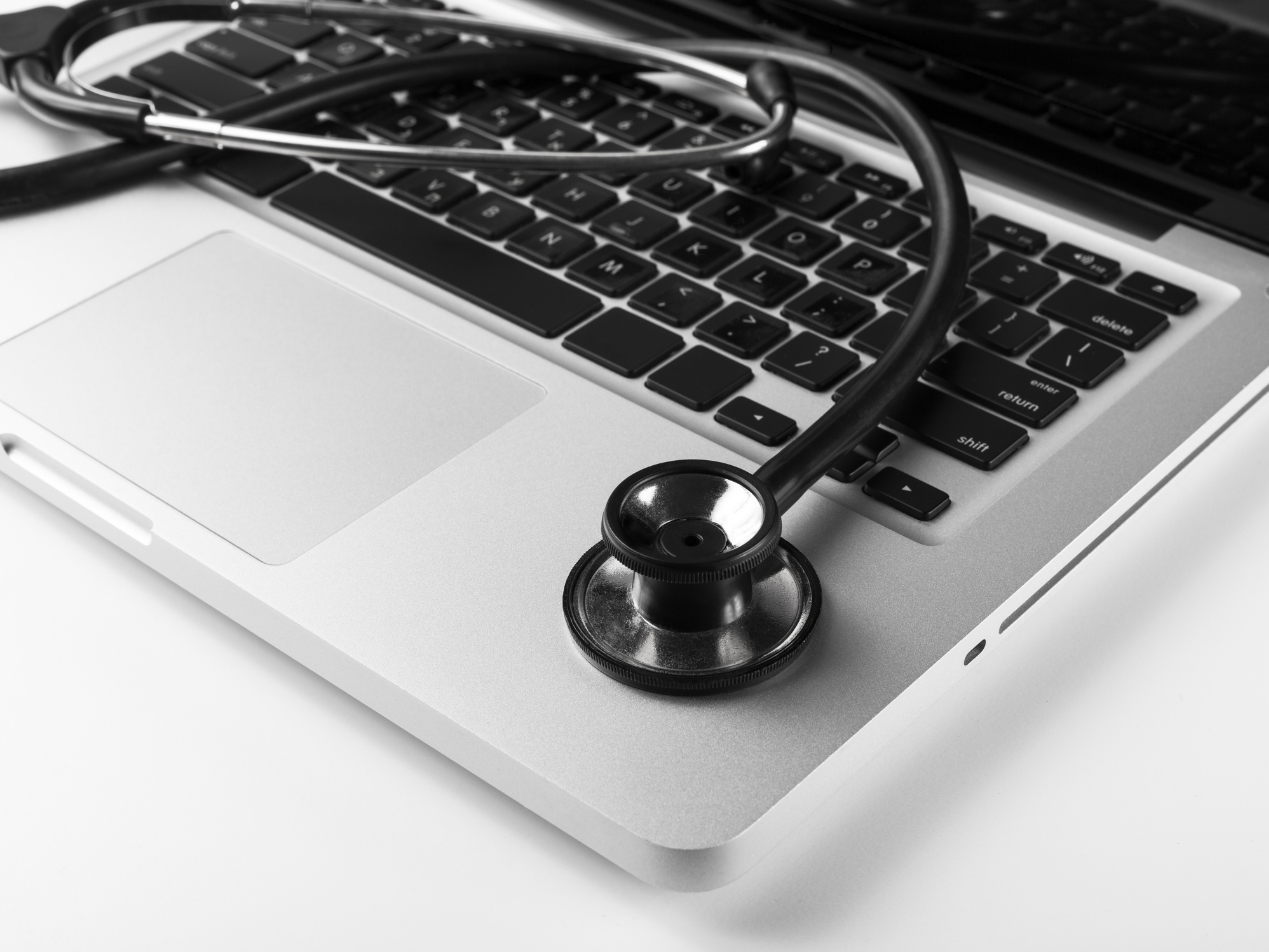2 min read
Using email to personalize messaging during the patient journey
 Hoala Greevy
January 14, 2023
Hoala Greevy
January 14, 2023

Email is a powerful tool for personalizing messaging throughout the patient journey. By leveraging the power of HIPAA compliant email, healthcare providers can create a more personalized and engaging experience for patients, which can lead to better health outcomes and increased satisfaction with the healthcare experience.
This post will expound on the benefits of using email to personalize messaging throughout the patient journey.
Patient journey
The patient journey refers to the overall experience a patient has with a healthcare provider, from initial engagement to post-treatment follow-up. It encompasses all aspects of a patient's healthcare experience, which includes physical, emotional, and mental well-being.
The patient journey typically includes the following stages:
- Pre-appointment. This is the stage where a patient first becomes aware of their need for healthcare services and starts researching potential providers.
- Scheduling and appointment. This is the stage where a patient schedules an appointment with a healthcare provider and may receive pre-appointment instructions.
- Consultation. This is the stage where the patient meets with the healthcare provider to discuss their condition and treatment options.
- Diagnosis and treatment. This is the stage where the patient receives a diagnosis and begins treatment.
- Recovery and follow-up. This is the stage where the patient recovers from their condition or treatment and may have follow-up appointments or check-ins with their healthcare provider.
- Post-treatment. This is the stage where the patient completes their treatment and may continue to receive follow-up care or support.
The patient journey can be a complex process and it can vary greatly depending on the individual patient's needs, the services they seek, and the healthcare system.
In a nutshell, the goal of the patient journey is to provide the patient with the best possible care, support, and outcome.
Benefits of using email to personalize messaging during patient journey
One way to use email to personalize messaging during the patient journey is by sending targeted and tailored messages to patients based on their specific needs and conditions.
For example, if a patient has been diagnosed with heart disease, the healthcare provider can send them emails with information and resources during the recovery, follow-up, and post-treatment stages. This can include information on healthy eating and exercise.
Reminders and notifications
Another way to use email to personalize messaging is by sending patients reminders and notifications about upcoming appointments, tests, and treatments. This can help to ensure that patients stay on track with their care and don't miss important appointments or treatments.
Additionally, by sending patients reminders and notifications via email, healthcare providers can help to reduce no-shows and increase patient engagement in their own care.
Access to medical records and test results
Email can also be used to personalize messaging by providing patients with access to their medical records and test results. By giving patients access to their own medical records, they can better understand their own health and make more informed decisions about their care. This can also help to improve communication between patients and healthcare providers, as patients will be more informed and engaged in their own care.
Access to educational resources
Finally, email can be used to personalize messaging by providing patients with access to educational resources and tools. This can include videos, articles, and interactive tools that can help patients learn more about their conditions and treatment options.
By providing patients with access to these resources, healthcare providers can help to empower patients to take an active role in their own care and improve their overall health outcomes.
See related: What is population health?
Conclusion
In conclusion, email is a powerful tool for personalizing messaging throughout the patient journey. By leveraging the power of HIPAA compliant email, healthcare providers can create a more personalized and engaging experience for patients, which can lead to better health outcomes and increased satisfaction with the healthcare experience.
Whether it's through targeted and tailored messages, reminders and notifications, access to medical records and test results, or educational resources and tools, email can help healthcare providers to improve communication and engagement with patients, and ultimately improve patient outcomes.
Subscribe to Paubox Weekly
Every Friday we'll bring you the most important news from Paubox. Our aim is to make you smarter, faster.




